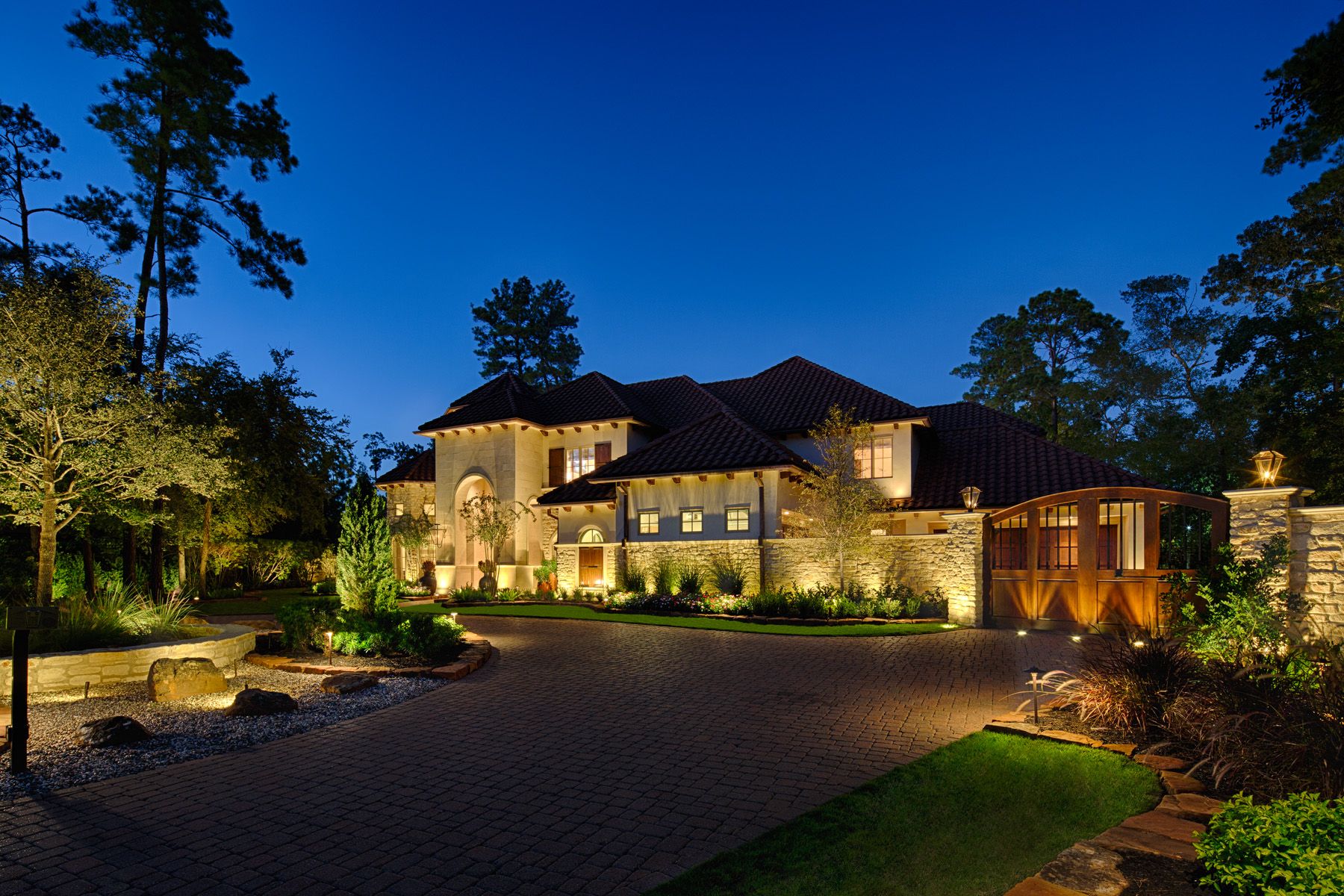I remember back on 2007/08 when LEDs for low voltage outdoor lighting were emerging onto the market. They were new, and the installation flexibility they afforded to the designer looked promising. I was not an early adopter as I very well knew that with all things “new” and “innovative”, there were going to be some bumps in the road that would have to be worked out to make them a viable replacement for the tried and true halogen lamps I had become so accustomed to using. As a few years passed, it became clear that LEDs were here to stay, and it was time to make the transition. As expected, the quality of the electronics put into small form factors for use in compact light fixtures was just ok, and as a consequence the rate of failures was on the high side.
Fast forward to today 14 years later, and the technology has vastly improved to the point that LEDs far outperform the halogen lamps of yesterday and failures are much fewer and further between….sometimes. Over the years, I have observed failures and/or partial failures where only half of the LED diodes would be lit or very dim. I chalked this up to a manufacturing or component defect like in the early days of LED. As I reached the point of hundreds of LED systems out in the wild, I noticed a strange phenomenon occurring that puzzled me until it hit me like a bolt of lightning between the eyes- pun intended. I would receive service call requests from customers who had a system that was trouble free for two, three even 4 years, out of the blue start having LEDs that would go dim, partially burn out or just flat out die randomly or sometimes in large sections altogether. What was puzzling is that the LED issues would come from very specific projects, over and over again. One week it would be 2 out and I would replace those two. Two weeks later it would be 3 LEDs out and I would run out and replace those 3, and so on- what was going on!? I thought, “How could these LED lamps in this particular lighting system be failing all of a sudden and all at once after several years of no issue’s whatsoever”?
Lighting installations on other properties in other parts of town with LED lamps from the same batch would have zero issues and never a single service call. Strange right? It wasn’t until a customer called me about a huge portion of their lights not working that I began to put the pieces of this mystery together. When I observed my clients system, I could see the usual failures- dim diodes, partially burned out diodes or the lamps were just flat out smoked altogether. As I was going through that system, my client came out and talked with me and mentioned that they noticed the issue had shown itself recently right after a neighbor about 4 houses down the street encountered a direct lightning strike on a large tree outside their home. My client observed that a few of their lights were out that same evening and over the course of time between them calling in the problem and me arriving on site about 3 days later, another good portion dimmed and died out. At this point, I began to investigate the effects of transient surface current from electrical strikes. The more I studied the more I realized I had found the common denominator to the very specific, and localized failures I had been seeing in my outdoor lighting systems. Surface current would travel down trees, across the ground and into the array of copper ground wiring that was layed out like a perfect antenna, buried just under the surface. A perfect highway for destroying electrically sensitive components that are all linked together. Well, that was the issue, but what could be done to prevent this frustrating and expensive damage from happening?
The industry overall soon came to realize the same issue, that electrical over stress was a real problem for outdoor landscape lighting components. However, many manufacturers just rolled with it as a part of the business of making products for outdoor use. Others tried some gimmicky solutions that could be wired in-line with individual light fixtures or put inside power centers to help diminish the EOS (electrical over-stress), but none of these “solutions” ever dealt with the primary problem- giving the power a safe place to discharge away from the lighting components and especially away from the home. As a result, they were and are still fairly ineffective solutions except for perhaps the weakest levels of ground charges. Power from transient ground charges seek the quickest way to make earth contact and these in-line devices do not provide a path for it.
In 2020 I approached the team at Nightscaping about what could be done. I told them about my experiences and what I believed the problem and solution could be. I asked if they could come up with a way to integrate a surge suppressor into a low voltage lighting system that could actually route these wild and random surface currents safely into the ground before doing irreparable damage to our LEDs and lighting components. Nightscaping’s team worked on the issue and in late 2021 released the first of its kind, CLASS 1 surge suppression devise, made specifically to be integrated into low voltage lighting systems, which also connected directly to ground via an 8’ ground rod that can shunt a near direct strike up to 80,000 volts- FANTASTIC!
These Nightscaping SPD’s (Surge Protection Devices) are being designed into all Lighthouse exterior illumination designs to give our clients peace of mind about their investment and to keep their nights beautiful and trouble free. To learn more, contact your local Lighthouse designer about integrating surge protection into your new OR existing lighting system today.


